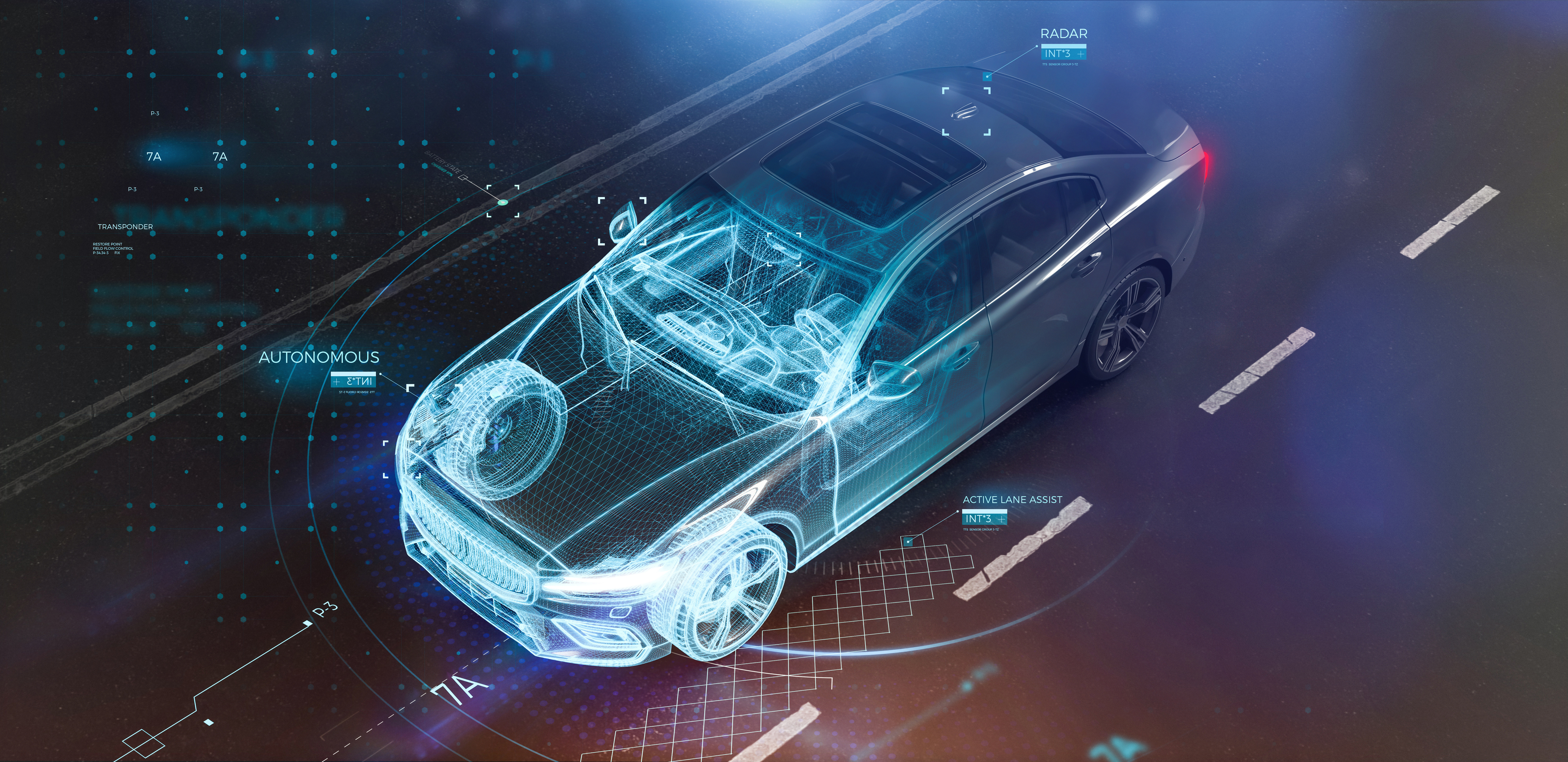
The allure of off-road adventures, improved traction, and enhanced handling has made four-wheel drive (4x4) vehicles a popular choice among enthusiasts and adventurers alike. But have you ever wondered how the power is distributed to all four wheels, enabling these vehicles to conquer diverse terrains?
The Basics of Four-Wheel Drive
In a 4x4 vehicle, power is distributed to all four wheels to improve traction, stability, and overall performance. Unlike traditional two-wheel drive (2WD) vehicles, where power is sent to either the front or rear wheels, 4x4 systems provide the flexibility to engage all four wheels when needed. This is especially beneficial for challenging conditions such as slippery surfaces, steep inclines, or uneven terrains.
Transfer Cases
At the core of a 4x4 vehicle's power distribution system lies the transfer case. The transfer case is a specialized gearbox situated between the front and rear axles. Its primary function is to divide the engine's power between the front and rear wheels. The transfer case contains a series of gears and shafts that allow for different modes of power distribution, making it a crucial component for navigating various driving scenarios.
Differential Locking
In addition to the transfer case, many 4x4 vehicles are equipped with differential locks. Differentials allow wheels on the same axle to rotate at different speeds, enabling smooth cornering. However, in situations where one wheel loses traction (e.g. when one wheel is stuck in mud), power may be directed to the wheel with the least resistance, reducing overall traction. Differential locks can be manually engaged to lock the wheels on an axle together, ensuring that power is evenly distributed to both wheels and maximizing traction.
Modes of Operation
Two-Wheel Drive (2WD)
In normal driving conditions on paved roads, a 4x4 vehicle typically operates in two-wheel drive mode, sending power to either the front or rear wheels. This configuration minimizes energy consumption and optimizes fuel efficiency.
Four-Wheel Drive High (4WD-High)
Engaging the 4WD-High mode distributes power evenly to both the front and rear axles, providing improved traction on slippery surfaces like snow or gravel. This mode is suitable for moderate off-road conditions and allows the vehicle to maintain stability at higher speeds.
Four-Wheel Drive Low (4WD-Low)
For more challenging terrains, such as steep inclines or rocky trails, the 4WD-Low mode comes into play. This mode provides maximum torque and enhanced control by reducing the gearing, allowing the vehicle to crawl at low speeds while exerting maximum power on all wheels.
4WD, 4x4, and AWD Vehicle Maintenance In and Near Marysville, WA!
If you are looking for a trustworthy repair shop, make sure to stop at Bud's Auto Repair And Transmission! We will take care of everything wrong and get you back on the road in no time